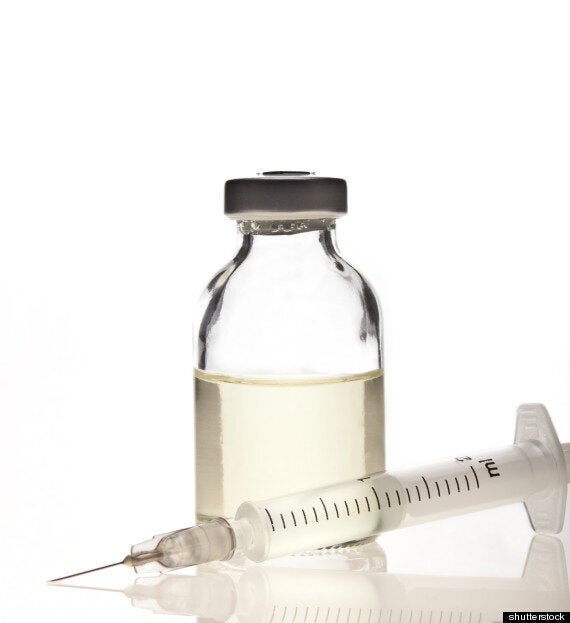Persistent genital arousal disorder (PGAD) may sound like something to be sniggered at, but the condition is very real, and very serious. If left untreated, sufferers can end up developing depression and may consider suicide. In the case of Gretchen Molannen, a 39-year-old from Florida, she found it too unbearable and killed herself last year.
The condition, according to Medical News Today, is "a condition characterized by unrelenting, spontaneous and uncontainable genital arousal in females. The condition may or may not include arousal with orgasm and/or genital engorgement. The patient's arousal is not linked to sexual desire."
However sufferers may have at long last found a solution. In Turkey, doctors "successfully treated two women with single Botox injections to block the dorsal nerve, which provides sensation to the clitoris," reported The Daily Mail.

The newspaper quoted Botox expert Dr Patrick Bowler, founder of Courthouse Clinics as saying: "Botox reduces electrical activity in the nerve so it can dull an inflamed nerve to provide relief."
Conversely, Botox has been used in the treatment of vaginismus, the condition which causes a woman's vagina to spasm and tighten making sex and doctor's examinations extremely painful.
PGAD was only first diagnosed in 2001.
The Daily Beast revealed what it was like for sufferers when it reported on Gretchen's suicide, quoting Kim Ramsey, 44, who was working as a nurse in an emergency room as saying: “My colleagues would be like, ‘Wow, you’re so lucky,’” she said. “But I genuinely thought I was having some sort of nervous breakdown. I felt flushed. My vagina and breasts were engorged. I kept thinking, ‘How do I keep a grip on reality and function in a patient-nurse setting without people knowing?’”